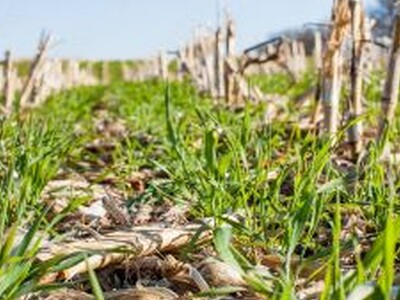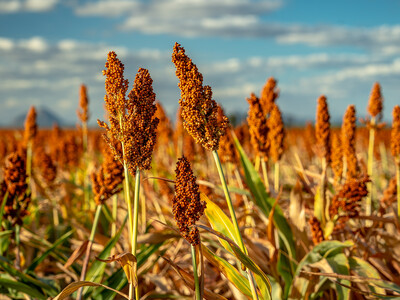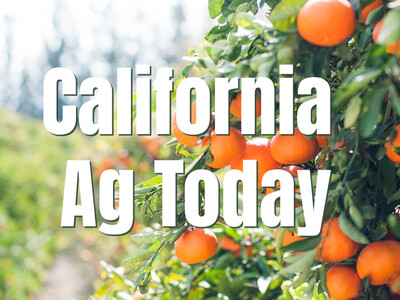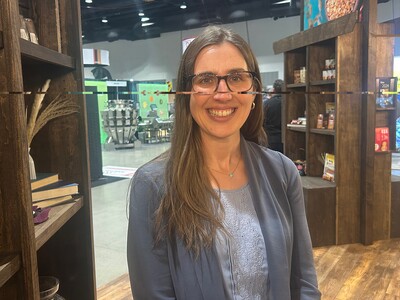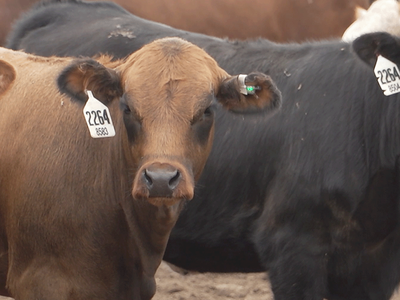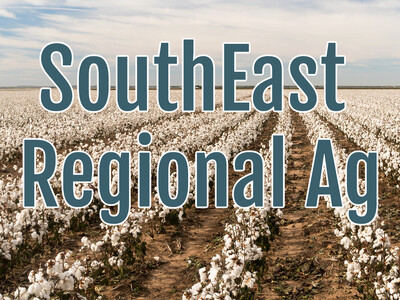Revised Loan Rates
Revised Loan Rates. I’m Greg Martin with today’s Line On Agriculture.
Chickpeas, sometimes know as garbanzo beans, are and edible legume that is quite high in protein. Besides being a staple in salad bars they are the base for hummus, a dip or spread and at one time brewed as a coffee substitute. The Pacific Northwest is one of the primary growers of chickpeas in the
TICE: Since we announced the regional loan rates we’ve had difficulty with getting good market price information in each region and in 2003 and 2 when this Pulse program came about we experienced similar problems so we worked with the national loan rate for a year or two before we went with a regional loan rate.
He says they have decided to go with a national price.
TICE: We’ve experienced similar problems with the large chickpea price information this year and so we’ve decided to implement a national loan rate across all the
In 2008 approximately 82-thousand acres of chickpeas were planted across the
TICE: This won’t have a big impact on local growers because market prices of these chickpeas are substantially above the loan rates. Large chickpeas have been averaging above $30 for the last year and current prices are at least that high so the loan rate of $11.28 won’t provide loan benefits. And in the west the national loan rate was $11.28 and we had announced a regional rate of $11.48 so in terms of loan proceeds there will be a 20 cent reduction per hundred weight.
Tice says they don’t feel that producers will see this as a very inconvenient change. For more information on the revised rate, contact your local FSA office.
That’s today’s Line On Agriculture. I’m Greg Martin on the Northwest Ag Information Network.





